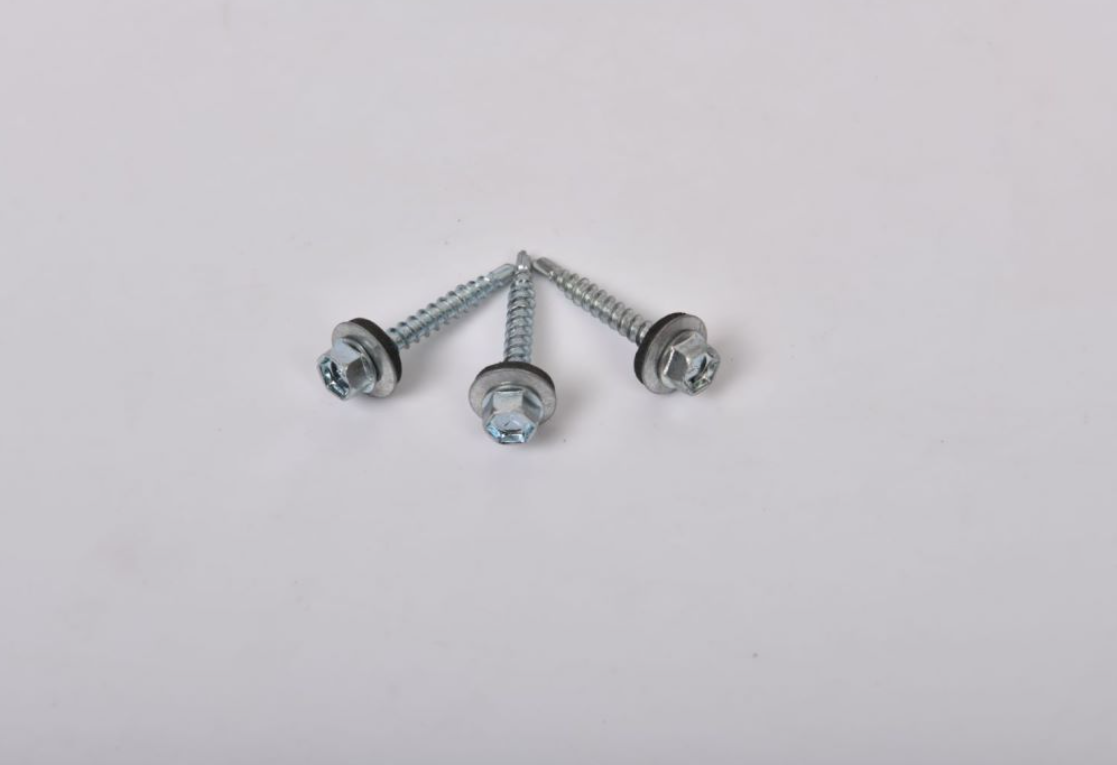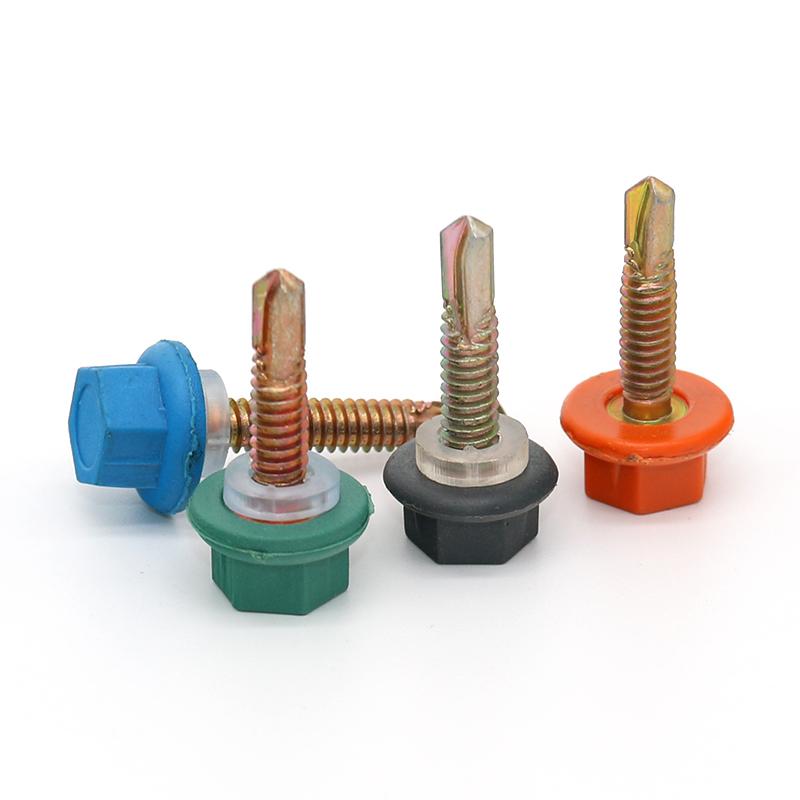Feb . 18, 2025 07:06
Back to list
din125 plain washer flat washer
A spring washer and a flat washer are essential components in the vast realm of fastening systems, each playing a unique role in ensuring structural integrity and reliability. Understanding their differences, applications, and the nuances of ordering these components can greatly enhance any construction or manufacturing process.
When ordering spring and flat washers, attention must be paid to material choice because it impacts washer efficiency. Spring washers typically come in carbon steel, stainless steel, or phosphor bronze. The choice of material influences resistance to corrosion, fatigue, and wear. Stainless steel is favored for its anti-corrosive properties, while carbon steel provides exceptional tensile strength at a lower price. Phosphor bronze is excellent for electrical conductivity and is often used in electronics. Flat washers are often made from similar materials, and selecting the right one can prevent galvanic corrosion. It is essential to match washer material with the bolt or fastener material where possible. When ordering, dimensions such as the inner and outer diameter and thickness must be precise to guarantee a snug fit. Ensuring Authoritativeness and Trustworthiness Ordering these washers from reputable manufacturers or distributors ensures that the components meet industry safety and quality standards. Look for companies that certify their products against ISO or ASME standards to guarantee material quality and performance reliability. Trustworthy suppliers often provide detailed product data sheets, certifications, and professional advice on application best practices. Harnessing the Full Potential of Washers For those eager to leverage the full potential of both spring and flat washers, integrating them appropriately into your assembly can enhance operational security. In complex assemblies, employing both types of washers might be necessary to achieve specific performance characteristics, tailored to the demands of the operational environment. Investing time in understanding the small mechanical components like washers can significantly impact the overall efficiency and safety of mechanical assemblies. It reinforces the notion that even the simplest components are vital, adding layers of security and function that are indispensable in modern-day engineering and manufacturing practices. As your journey into the selection and utilization of washers progresses, always prioritize quality and application-appropriate solutions to ensure successful project outcomes.


When ordering spring and flat washers, attention must be paid to material choice because it impacts washer efficiency. Spring washers typically come in carbon steel, stainless steel, or phosphor bronze. The choice of material influences resistance to corrosion, fatigue, and wear. Stainless steel is favored for its anti-corrosive properties, while carbon steel provides exceptional tensile strength at a lower price. Phosphor bronze is excellent for electrical conductivity and is often used in electronics. Flat washers are often made from similar materials, and selecting the right one can prevent galvanic corrosion. It is essential to match washer material with the bolt or fastener material where possible. When ordering, dimensions such as the inner and outer diameter and thickness must be precise to guarantee a snug fit. Ensuring Authoritativeness and Trustworthiness Ordering these washers from reputable manufacturers or distributors ensures that the components meet industry safety and quality standards. Look for companies that certify their products against ISO or ASME standards to guarantee material quality and performance reliability. Trustworthy suppliers often provide detailed product data sheets, certifications, and professional advice on application best practices. Harnessing the Full Potential of Washers For those eager to leverage the full potential of both spring and flat washers, integrating them appropriately into your assembly can enhance operational security. In complex assemblies, employing both types of washers might be necessary to achieve specific performance characteristics, tailored to the demands of the operational environment. Investing time in understanding the small mechanical components like washers can significantly impact the overall efficiency and safety of mechanical assemblies. It reinforces the notion that even the simplest components are vital, adding layers of security and function that are indispensable in modern-day engineering and manufacturing practices. As your journey into the selection and utilization of washers progresses, always prioritize quality and application-appropriate solutions to ensure successful project outcomes.
Latest news
-
Top Choices for Plasterboard FixingNewsDec.26,2024
-
The Versatility of Specialty WashersNewsDec.26,2024
-
Secure Your ProjectsNewsDec.26,2024
-
Essential Screws for Chipboard Flooring ProjectsNewsDec.26,2024
-
Choosing the Right Drywall ScrewsNewsDec.26,2024
-
Black Phosphate Screws for Superior PerformanceNewsDec.26,2024
-
The Versatile Choice of Nylon Flat Washers for Your NeedsNewsDec.18,2024
Related News










